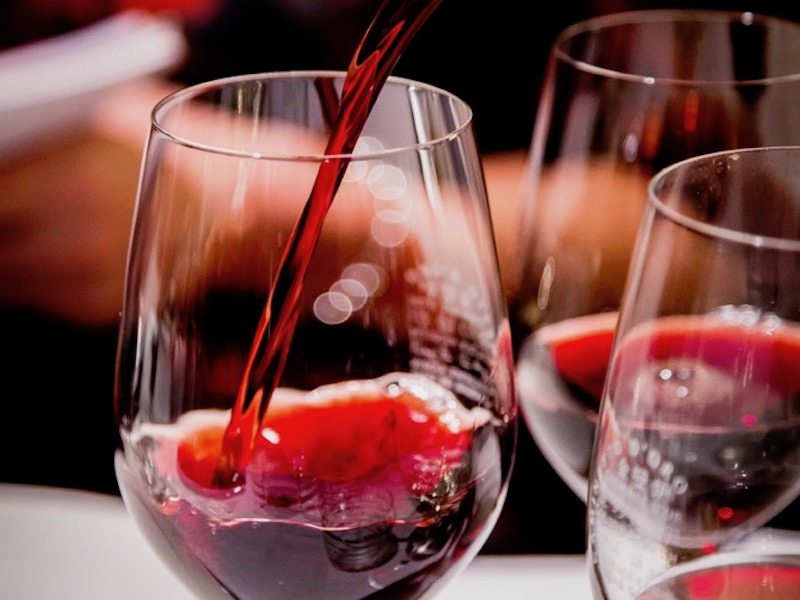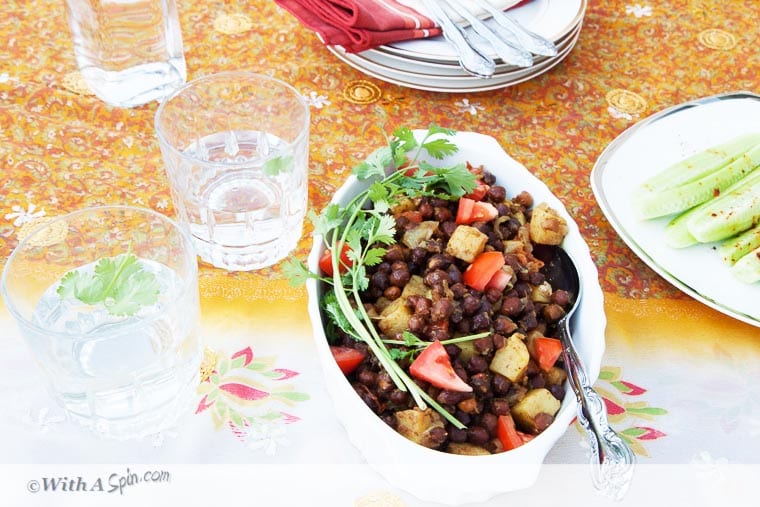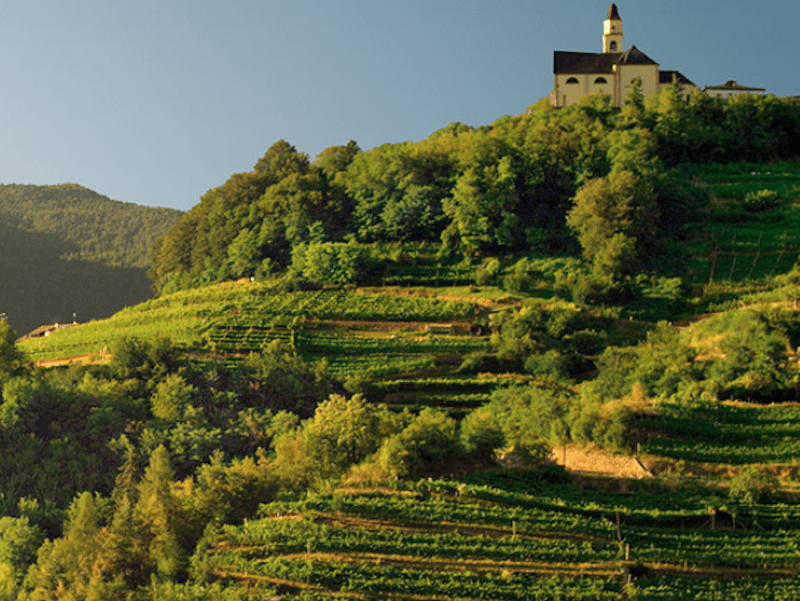Rowena Dumlao - Giardina is the author and photographer of…
The world of Italian wines is vast. Discover just at up the iceberg and read about the wines of Emilia-Romagna.
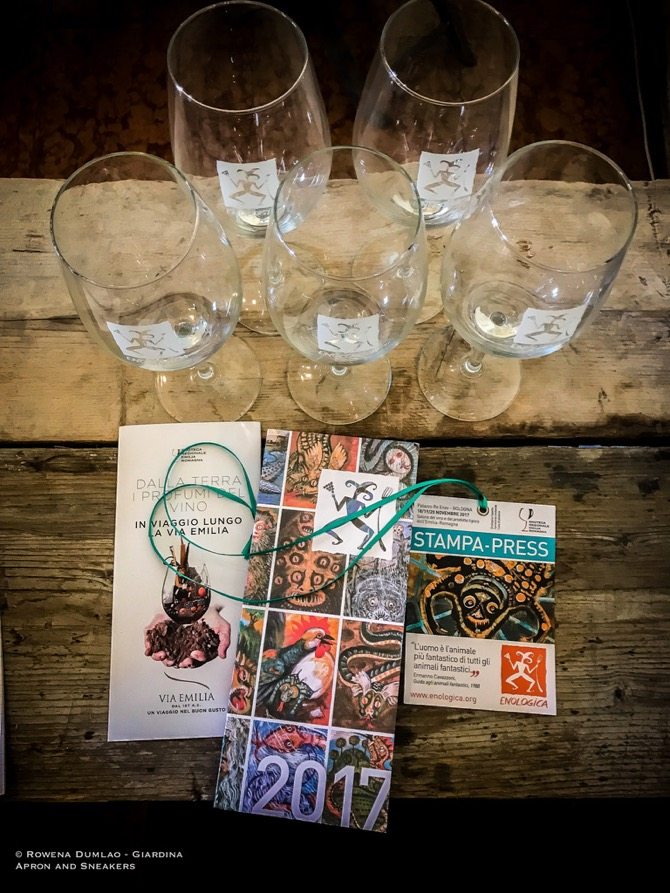
There’s a world hiding behind the shadow of the popular Lambruscos of Emilia-Romagna after all. Some thirty to forty years ago, the Lambrusco of Emilia-Romagna started its vast exportation to the world especially to the U.S. It has a light ruby-red color, frizzy, lightly-sweet to sweet and meant to be drunk young. It’s an easy drink especially for the women. Everyone loves it except for the discerning ones who expect more from their wines. In my recent trip to Bologna, the core of the Emilia-Romagna region, I discovered a lot more excellent wines representing the diverse and unique terroirs of the region.
Three intense days of analyzing and tasting wines from a singular region were enough to convince me that Emilia-Romagna makes a very important contribution to the oenological ambience of Italy. It plays between the second and the third biggest wine producing region of Italy after Veneto while switching second and third places with Puglia, which comprises about 15% of the country’s production.
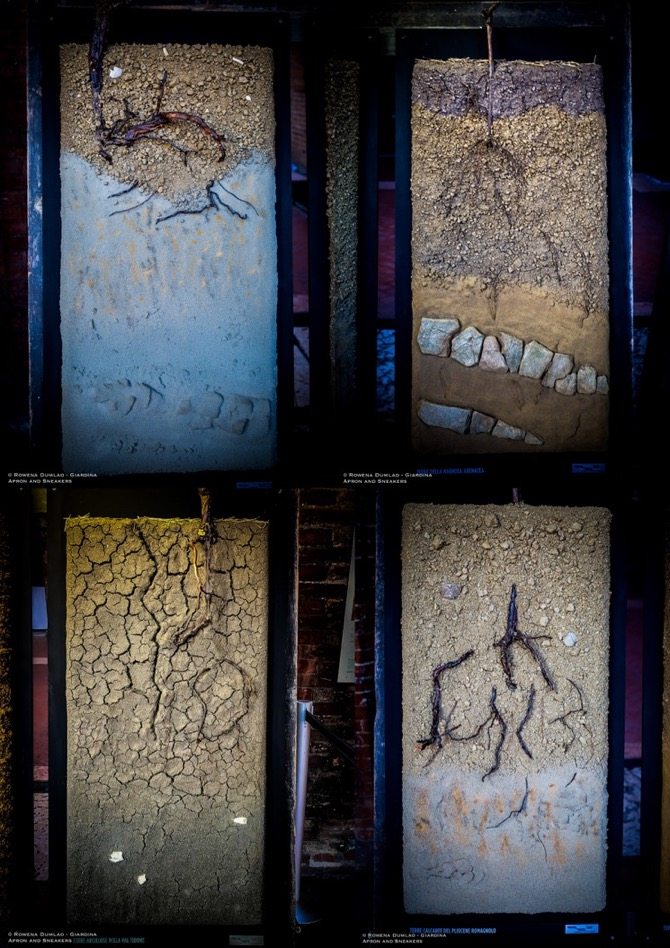
Wines develop personalities of their own, shaped by the soil and climatic conditions that they grew up in and how the winemaker treated them from fruit to must to wine. At Emilia-Romagna, with its vast land of 22,117 square kilometers, we can find vast varieties of aromas and tastes that permeate every single bottle.
Enologica 2017 was organized by President Pierluigi Sciolette, Director Ambrogio Manzi and Curator Giorgio Melandri of Enoteca Regionale Emilia Romagna. It is an association that was established in 1970 to promote and help improve the regional wine production. As of this day, Enoteca has more than two hundred members who are producers of wine, balsamic vinegar and spirits, as well as public figures, consortiums and the regional sommelier associations.
Enologica 2017 took place last 18 to 20 November 2017 at Palazzo Re Enzo, in Bologna. On its fifth year in Bologna, Enologica is an event that permits a voyage along the rich lands Emilia-Romagna among the people who have committed their lives in the hard work, emotions and fatigue of producing what you can drink in your glass. More than one hundred wine producers from all over the region were present in showcasing their wines to the Italian public including an ample presence of international journalists and buyers. During the 3-day event, various exemplary chefs also participated in the Teatro dei Cuochi (Theater of Chefs) where they unveiled the traditional gastronomy of the region that were paired with wines from the area. There was such a very enthusiastic attendance, especially among the younger generation that the number of visitors was overwhelming.
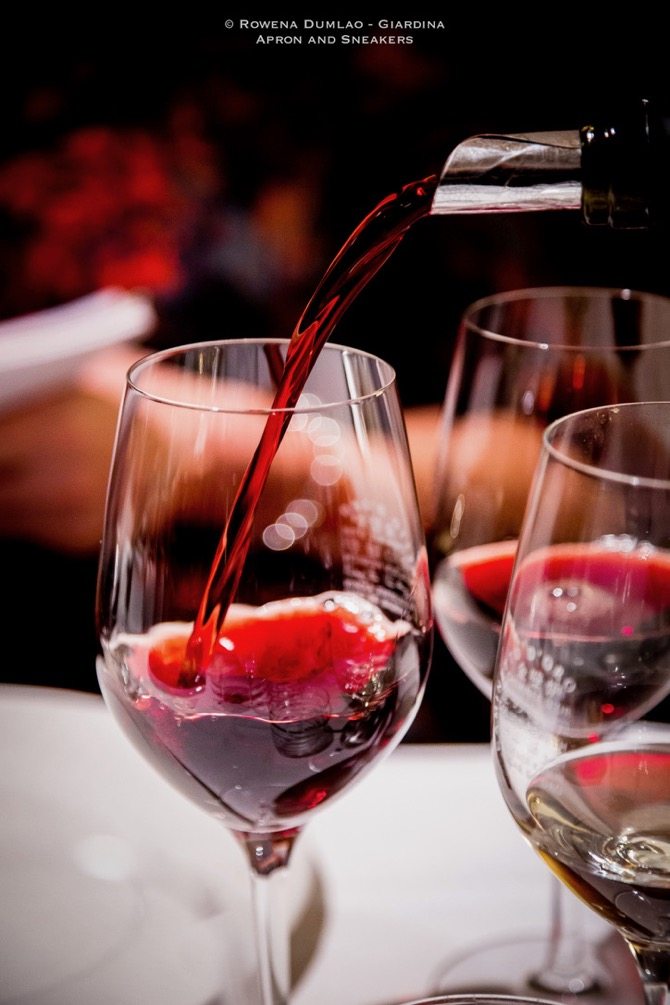
Via Emilia, the route of wines and flavors, is an ancient Roman road on the northern plain of Italy that runs from west to east through the valleys of Placentia (Piacenza) on the River Po to the hills overlooking Ariminium (Rimini) on the Adriatic coast that was completed in 187 B.C. The 230-kilometer (260 kilometers at present times) road also connects to Rome with the ancient Roman road Via Flaminia. Via Emilia is almost equally divided between plains in the northern part and hilly to mountainous land in the southern part. There are eight completely diverse kinds of soil found in Via Emilia and with this variation alone, you can find distinctive wines from this region.
DOCG and DOC Italian Wine Regulations. DOCG is the highest designation of quality among Italian wines and it stands for Denominazione di Ordine Controllata e Garantita (Denomination of Controlled and Guaranteed Origin) while DOC stands for Denominazione di Origine Controllata (Denomination of Controlled Origin).
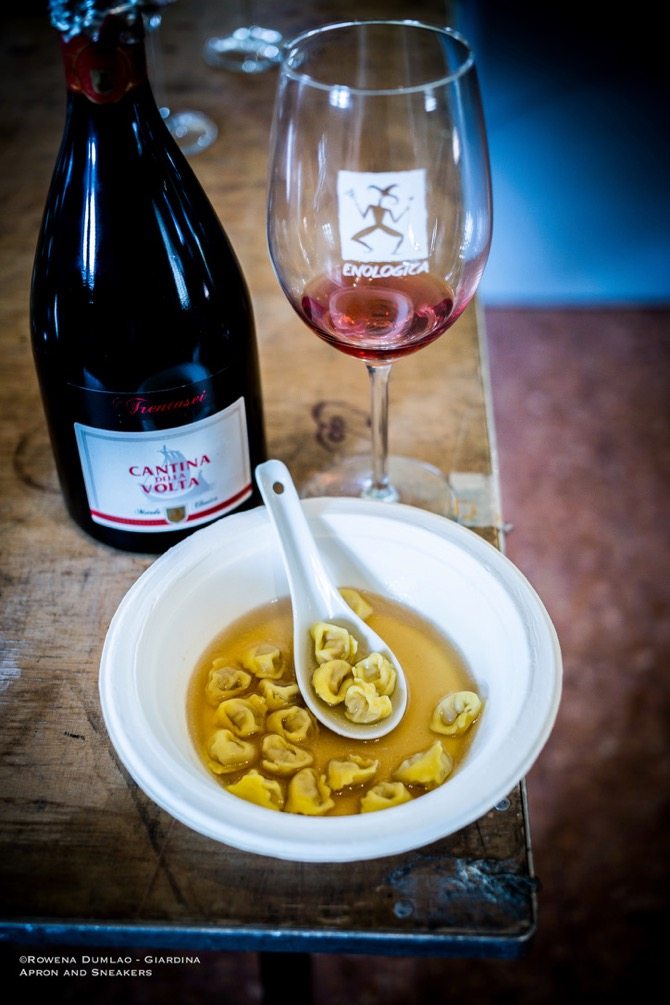
In Emilia-Romagna, there are two DOCG designations which are Colli Bolognesi Pignoletto and Romagna Albana. As for the DOC designation, there’s a much bigger number of nineteen. These are: Bosco Eliceo, Colli Bolognesi, Colli d’Imola, Colli di Faenza, Colli di Parma, Colli di Rimini, Colli di Scandiamo e di Canossa, Colli Piacentini, Colli Romagna Centrale, Gutturnio, Lambrusco di Sorbara, Lambrusco Grasparossa di Castelvetro, Lambrusco Salamino di Santa Croce, Modena, Ortugo dei Colli Piacentini, Pignoletto, Reggiano, Reno, and Romagna.
With some producers pointing towards diverse methods in taking out the distinctive characteristics of the grape varieties and the terroir, there’s a multitude of very interesting wines that are springing out in the region. There is also a number of lesser known autochthonous grape varieties that are emerging. I found excellence in a lot of labels that I tried and you can find a lot of them in the pictures of the labels in this article.
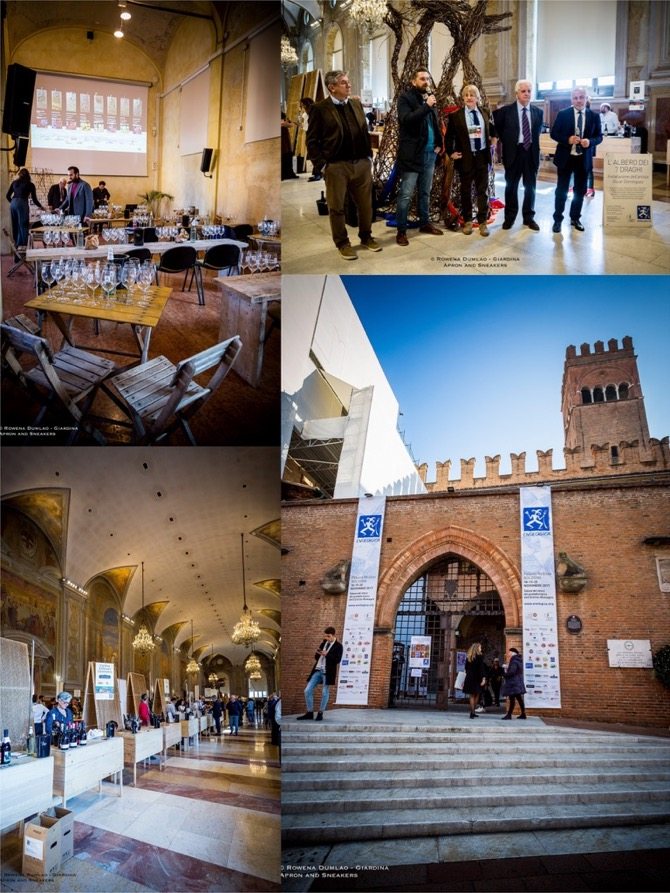
Here are the fifteen wines that are typically produced in the region.
Source: Enoteca regionale Emilia-Romagna
Albana, produced with the grape variety of the same name, is the most represented wine in Romagna aside from Sangiovese. It is the first white wine that got a designation of DOCG in Italy in 1987. It was popularly produced as sweet wine in the past years but in the current times, dry versions are being appreciated more with their intense golden color, persistence, freshness and pleasing floral and fruity notes.
Centesimino or Savignon (or Sauvignon) Rosso is a variety that was discovered last century and grows typically in the hills of Faenza. It is dark ruby red in color, elegant and gives persistent aromas of orange blossoms, rose, violet and spices. Only a small number of producers on the Faenza hills produce this wine which makes it sought-after.
Famoso, also called Uva Rambela, is an autochthonous white grape from Romagna that was revived into production in the last decade after being neglected for a while because of its low yield. It is similar to Moscato for its floral notes of jasmine and hawthorn, and hints of ripe yellow and exotic fruits. Famoso has a good persistence and intensity in the palate.
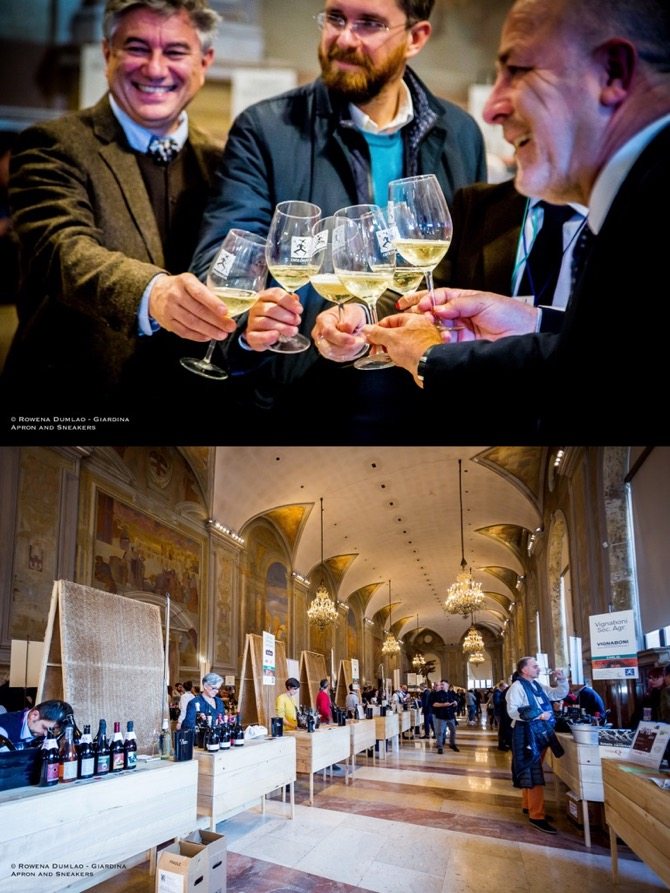
Fortana is is a red variety that’s mostly cultivated in the in the Bosco Eliceo DOC where there is sandy soil, maritime breezes, briny air, impenetrable fog and damp environment. The extreme conditions of the area give the pronounced savory characteristic on the palate. For this reason this wine is considered the prince of the coastal area.
Gutturnio symbolizes the oenology of Piacenza because of how the locals value it. It is a blend of two red grape varieties that are previously vinified separately, the Barbera which provides the structure and strength while the Bonarda (locally known as Croatina) gives elegance and smoothness. Over the years, the production of the bubbly young Gutturnio has evolved into more structured and important wine that you can find in the still and riserva versions which are aged for at least 2 years.
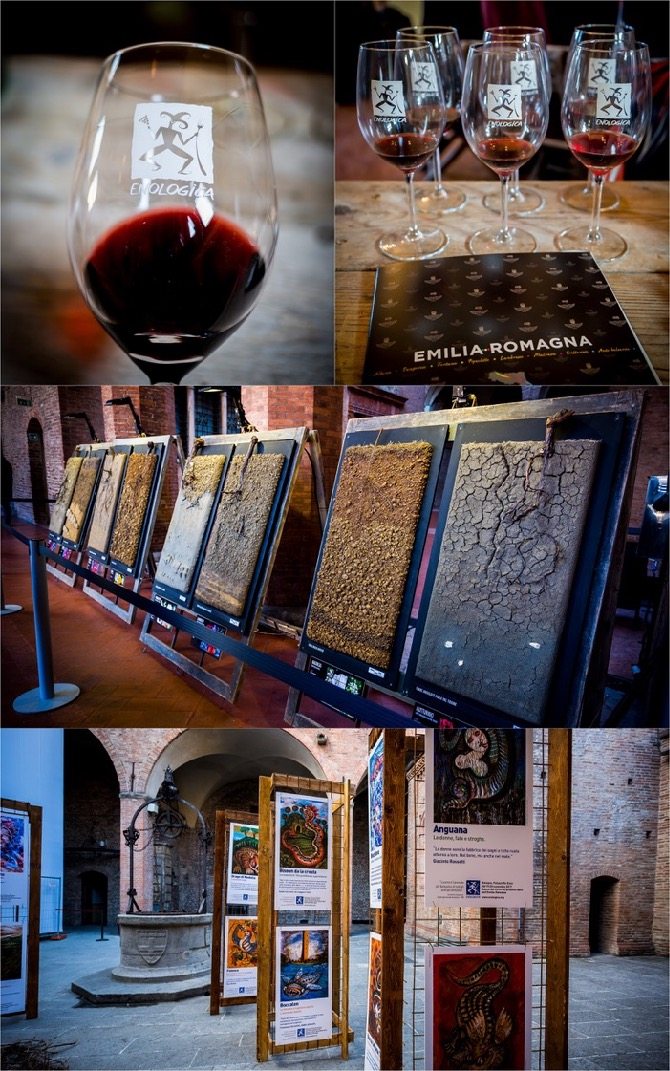
Lambrusco, the most widespread wine in Emilia-Romagna is the most exported one in the world. Depending on the denomination, it comes from various Lambrusco red grape varieties that are indigenous to Emilia and in some cases, blended with other grape varieties. Its freshness, bubbles most often attained from the Charmat method (second fermentation in pressurized tanks) and red fruit notes make it very distinctive among other bubbly wines. Lambrusco has various levels of sugars from dry to sweet. These are secco (dry), amabile (semi-sweet) and dolce (sweet). Lambrusco has a variety of characteristics which depend on the variety and the region. Lambrusco Grasparossa di Castelvetro is typically dry, purple red in color and full bodied produces the most tannic version. Lambrusco di Sorbara is considered as the one with the highest quality and is elegant and fresh, and with this, production of dry rosè wines is also good. Lambrusco Salamino di Santa Croce has a lighter color than the others and produced in semi-sweet and dry verisons. Lambrusco Reggiano is the the largest producing region of Lambrusco and the source of most of the exported wines using different kinds of Lambrusco grape varieties.
Longanesi is a native red grape variety from the town of Bagnacavallo, in the province of Ravenna in Romagna. The wine obtained from 100% Longanesi grapes is called Burson, a name that the Consortium Il Bagnacavallo has registered in 1997 and has been protected with a production regulation since then. There are two versions that exist, the Etichetta Blu (Blue Label) and the Etichetta Nera (Black Label). Burson is a wine of character with an impenetrable color ranging from ruby to garnet with notes of cherries, forrest fruits and spices with a good persistence.
Malvasia. Most often produced as semi-sparkling wine, this aromatic golden grape variety is also vinified in still version in the region resulting in excellent wine. The variety with the strongest characteristics, the Malvasia of Candia found its perfect home in the clay soils and mild climate in the hills of Parma (Colli di Parma DOC) and Piacenza (Colli Piacentini DOC) and for this reason, it is the most cultivated white grape in these two provinces. The Malvasia from this region is produced in dry, semi-sweet and sparkling versions which are aromatic, intense, fresh and similarities with the Moscato.
Ortrugo has an ancient history of cultivation in the area of Piacenza dating back in the pre-Christian era. Until the 1970s, this grape was used only in blending with Malvasia di Candia and was known in the local dialect as the other grape. When Luigi Mossi, a local producer, was about to uproot the old vines, he decided to save them instead and vinified the grapes without blending them with Malvasia. The result was very good that he started to plant more vines with the cuttings and by 1984, it was included in a DOC and by 2010, it obtained its own denomination of origin, Ortugo dei Colli Piacentini. The wine is produced in still, semi-sparkling and sparkling versions. It is a pleasant white wine with a delicate bouquet and freshness that’s perfect to drink in warm days.
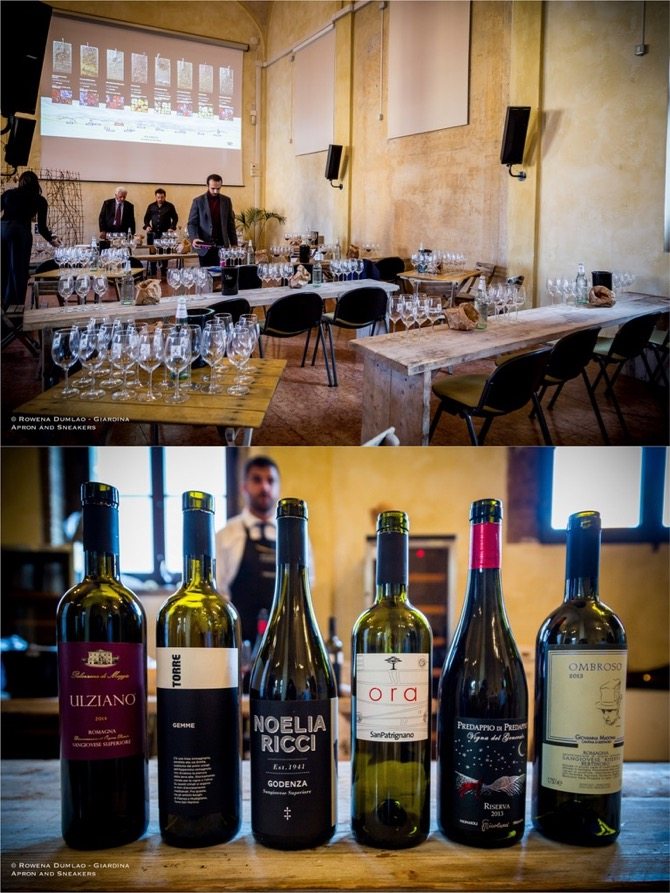
Pagadebit is an interesting name for a wine with an equally interesting story behind it. It literally means paying the debts and refers to the productivity and resistance of the white grape variety Bombino Bianco from where it comes from. With the characteristics of this grape variety, it was possible for the farmers to pay their debts even in the worst vintages. Like a lot of native grapes, it was also close to extinction in the 1960s when only one row of vines remained until it was saved by the commitment of a few producers. Pagadebit is produced with Bombino Bianco grapes with a little addition of other white varieties. It has delicate floral and herbaceous aromas and produced in dry, semi-sweet, still and semi-sparkling versions.
Pignoletto is a white wine obtained from white grape variety Gentile Grechetto and it is produced in 2 denominations: Pignoletto DOC and Colli Bolognesi Pignoletto DOCG. It is produced in sparkling versions obtained from the Charmat method: Frizzante, Spumante, and still versions: Superiore and Classico Superiore. The variations in the landscape and environmental factors of light and shade, warmth and freshness enhances the organoleptic features of this fresh and fragrant wine giving it a characteristic bitter finish.
Rebola is the name given to Pignoletto in the Rimini area where this white grape variety has been cultivated for centuries when it was referred to as Ruibola or Greco. Rebola can be a dry white wine with straw yellow color or a passito with an amber color. It has a delicate fruity aroma, harmonious and smooth.
Romagna. The Romagna Sangiovese is obtained from Sangiovese grapes. It is the expression of varied land stretching from the hills of the Apennine to the Adriatic coast. Romagna Sangiovese DOC has four types: Sangiovese Novello, Sangiovese, Sangiovese Superiore and Sangiovese Riserva. Depending on the type, the gradation of its ruby red color changes from the lighter Novello and becomes darker with hints of garnet in the Riserva. Expressions of violet and wild berry aromas, silky tannins and full-body characterize the wines.
Spergola is a white grape variety that’s native to the Colli Scandiano DOC area where it found its perfect home in the rich clayey and chalky soil. It has a distinctive bunch formation similar to wings because every bunch has a side bunch similar to a small wing. Produced as semi-sparkling and sparkling, the pale straw yellow wine has a delicate aroma of green apple and a delicate freshness in the palate. In the still versions, Spergola has more intense aromas, more structure and a persistent finish.
Trebbiano is the most widespread white grape variety in Emilia-Romagna especially in the province of Ravenna. The wine produced from this grape has a straw yellow color, elevated alcohol, lightness in aromas and versatility. Trebbiano Romagnolo is one of the grapes that are blended together to produce a number of still and sparkling white wines, dry or sweet. To fully appreciate its personality, the best representations can be found in the DOC Romagna Trebbiano DOC and the Colli di Imola Trebbiano DOC.

ENOTECA REGIONALE EMILIA ROMAGNA
Piazza Rocca Sforzesca
40060, Dozza (BO), Italy
Tel: +39 0542 367700
Email: info@enotecaemiliaromagna.it
Rowena Dumlao - Giardina is the author and photographer of Apron and Sneakers and The Chosen Table. Besides her blog, she's also a recipe developer and a travel writer for other food and travel sites.

